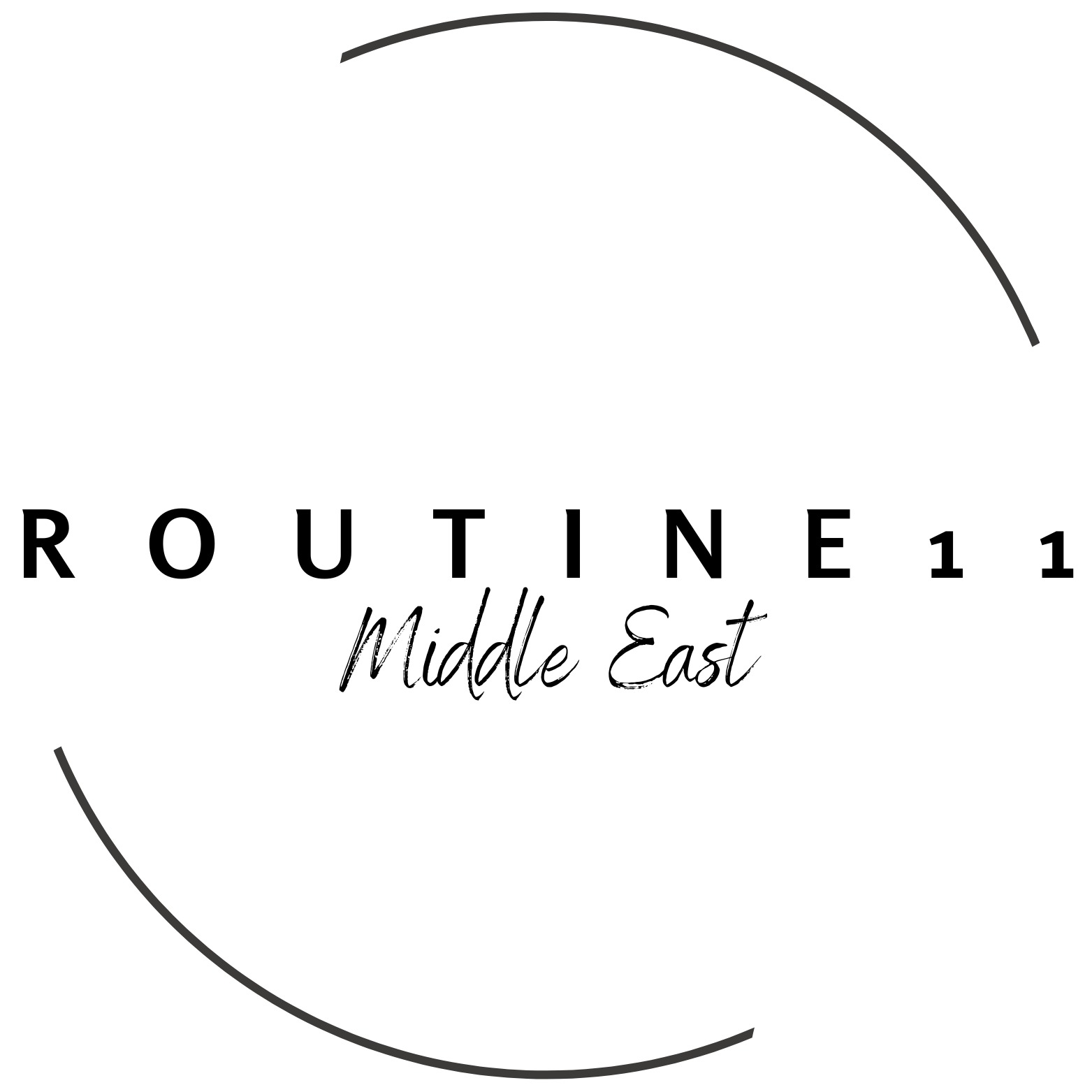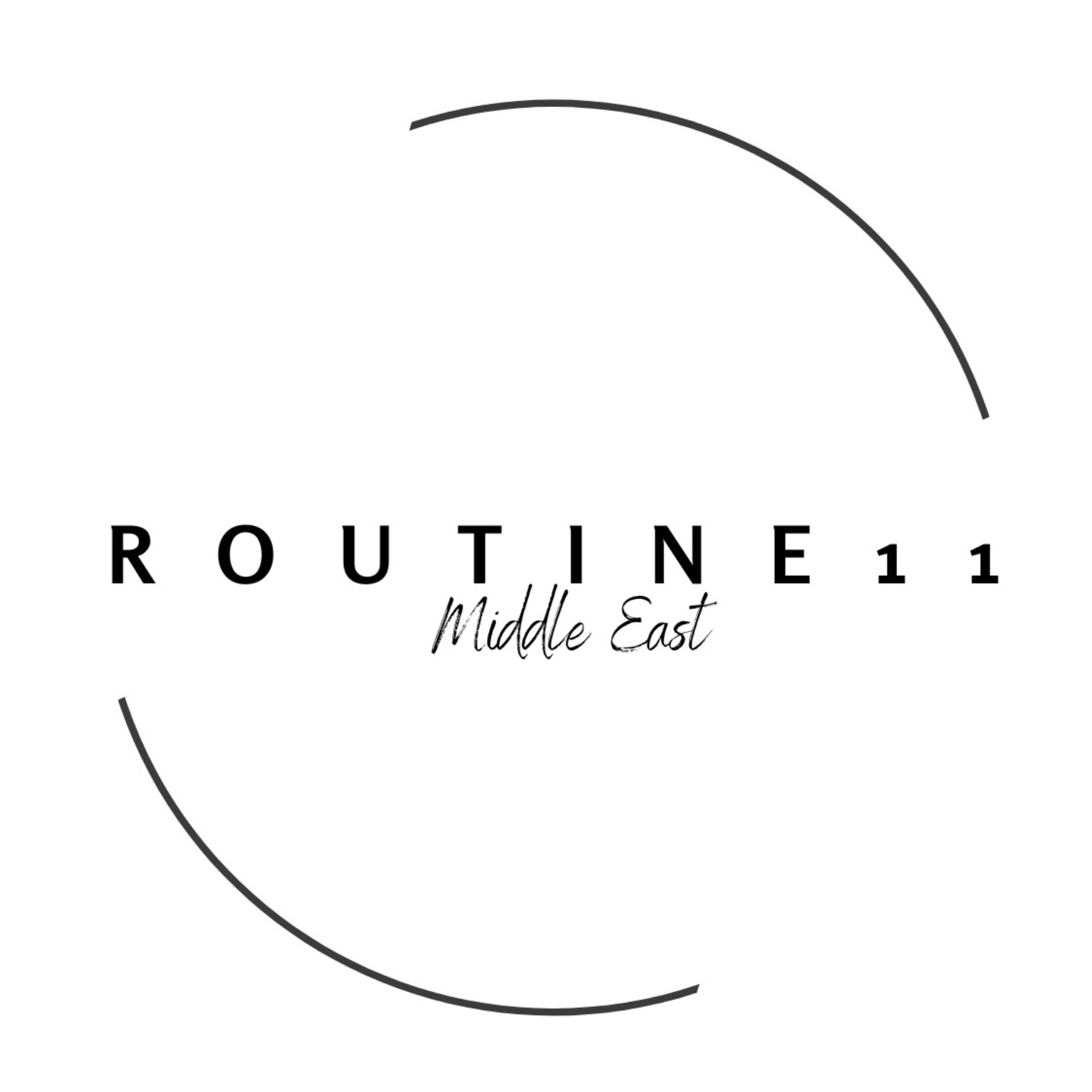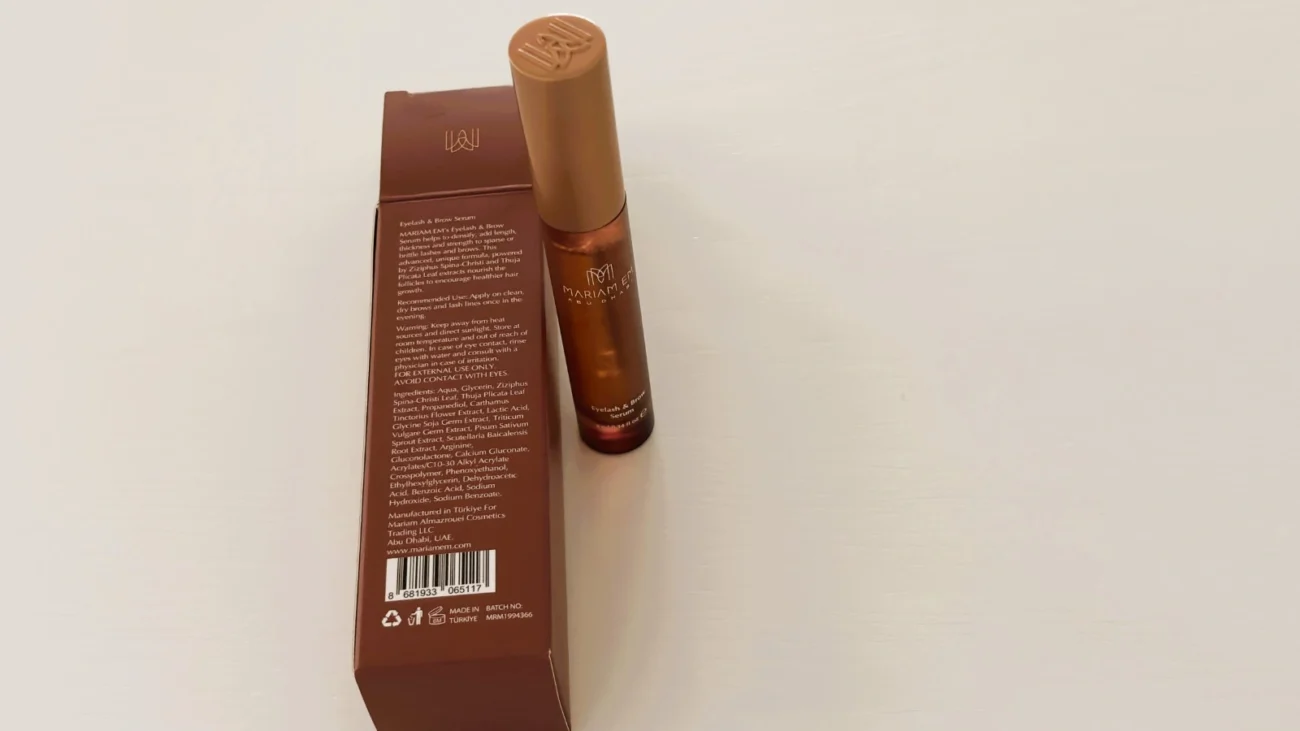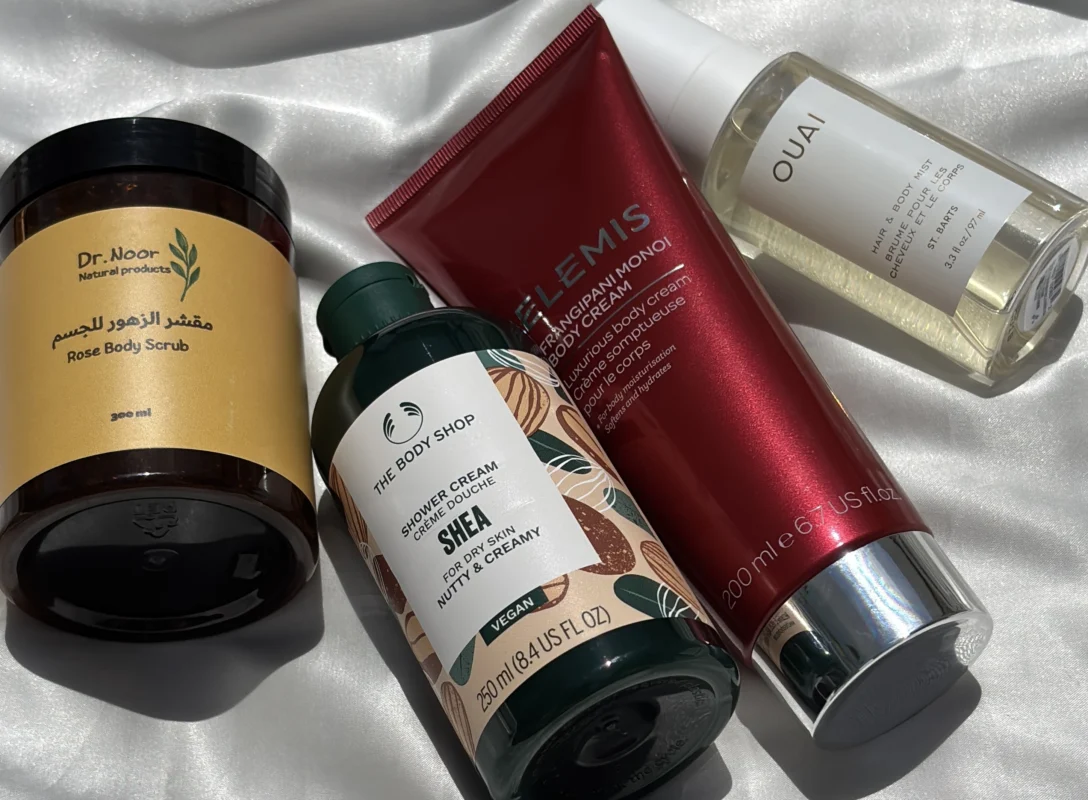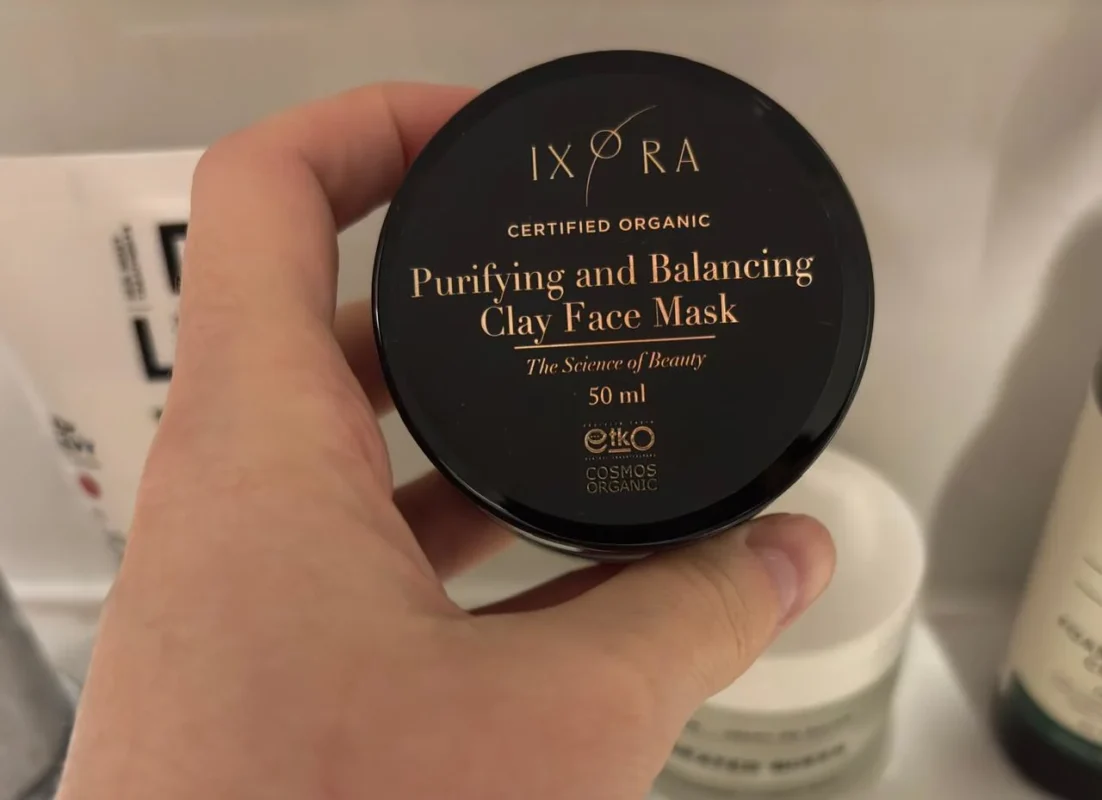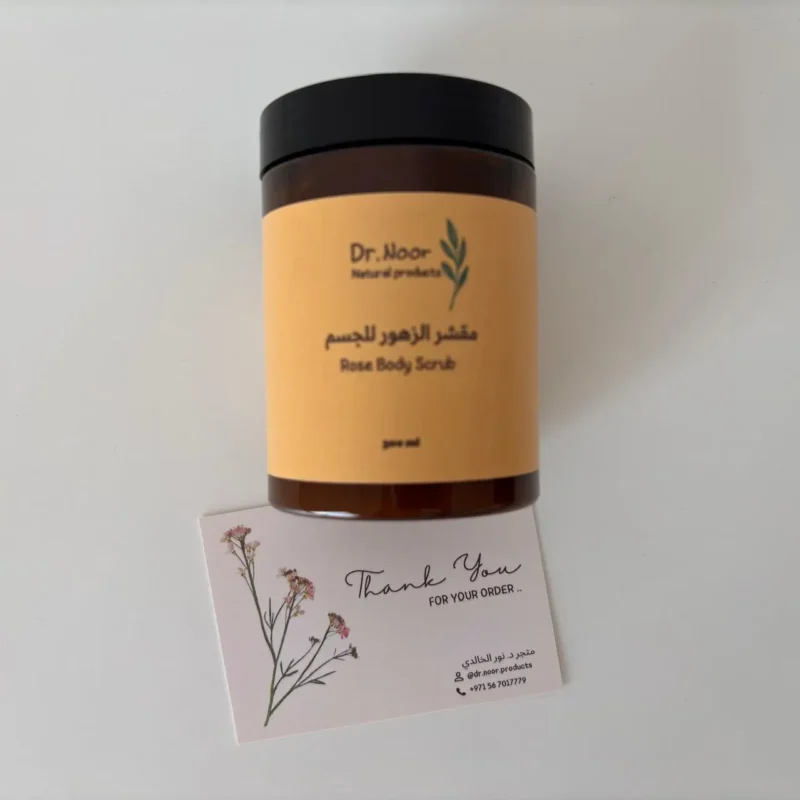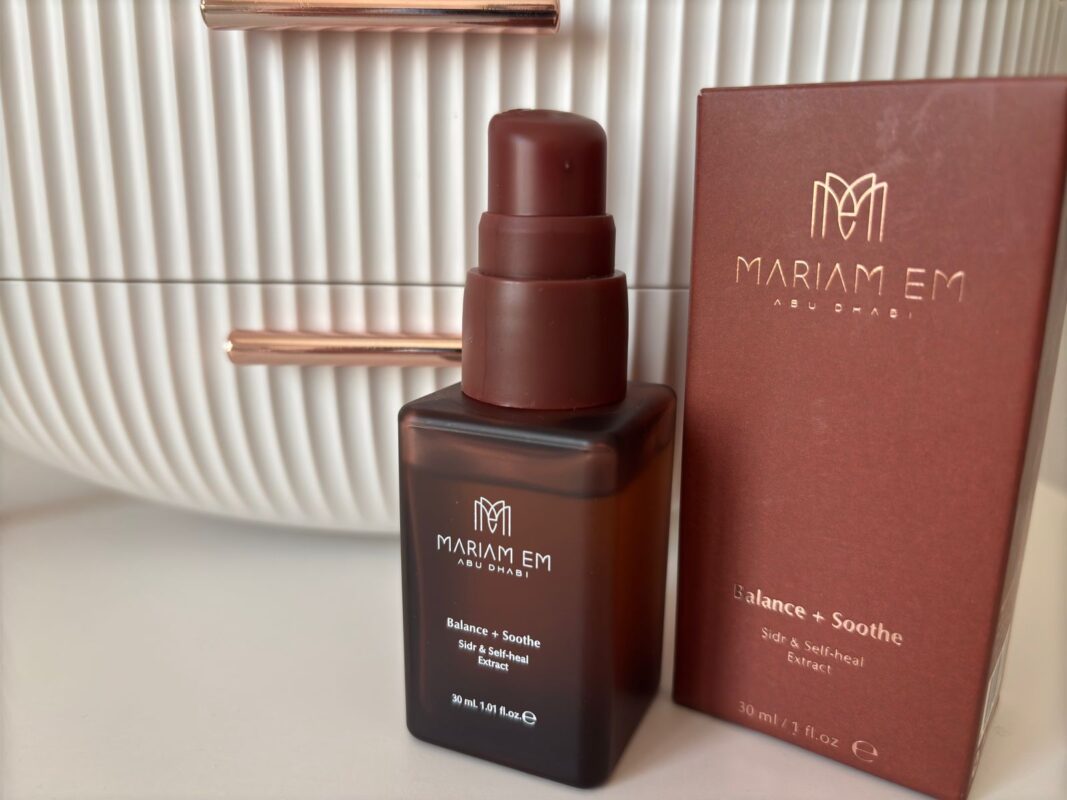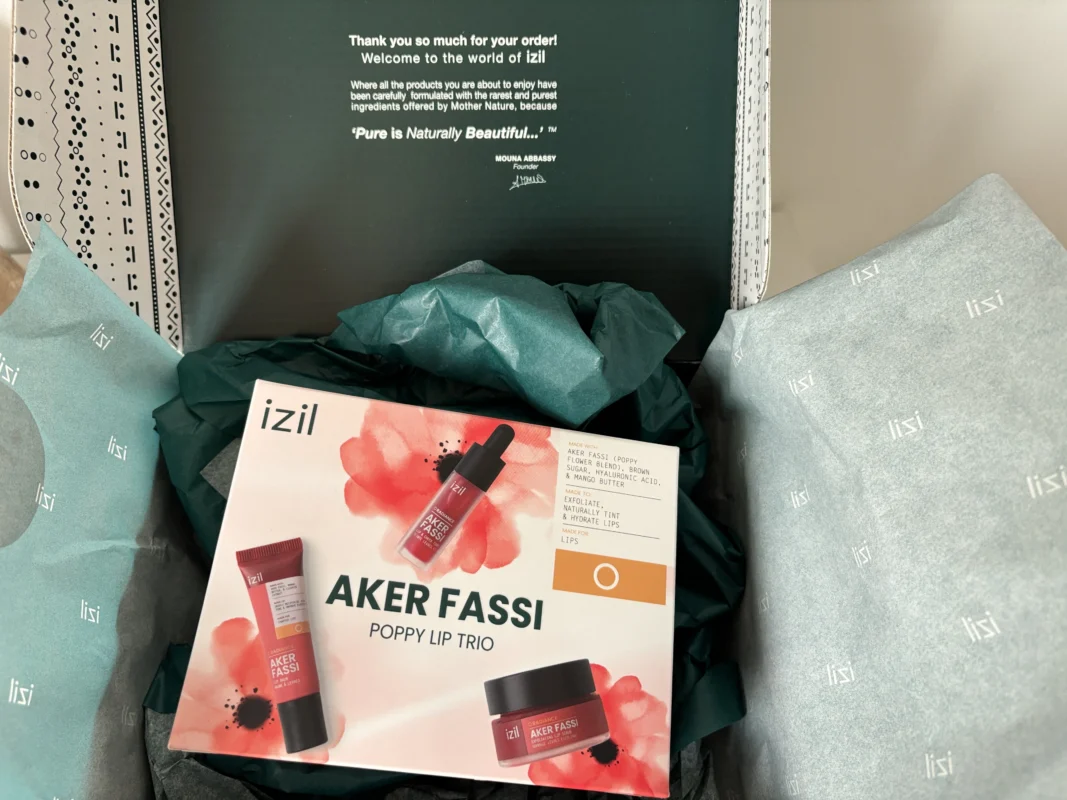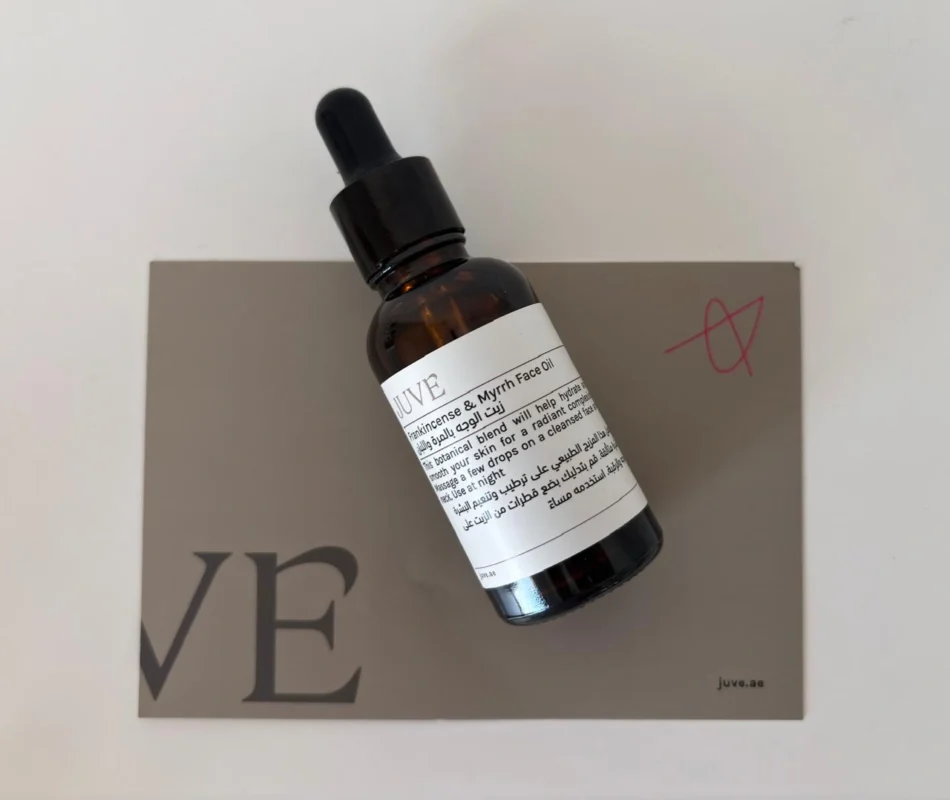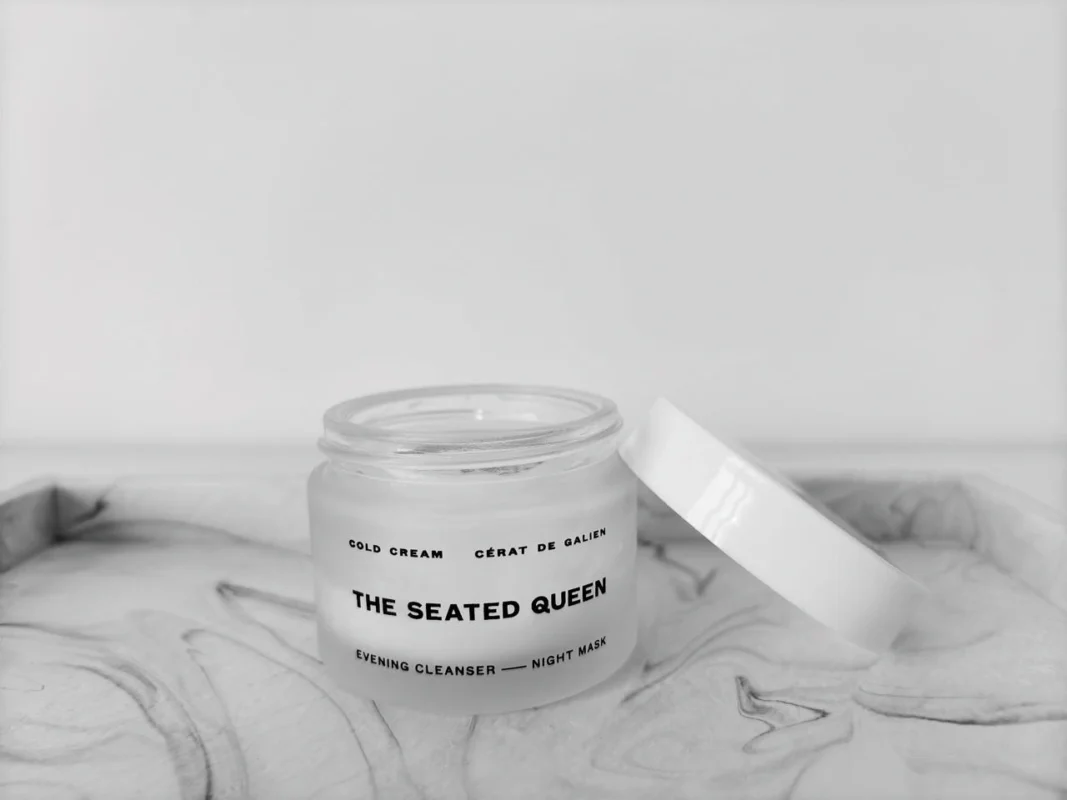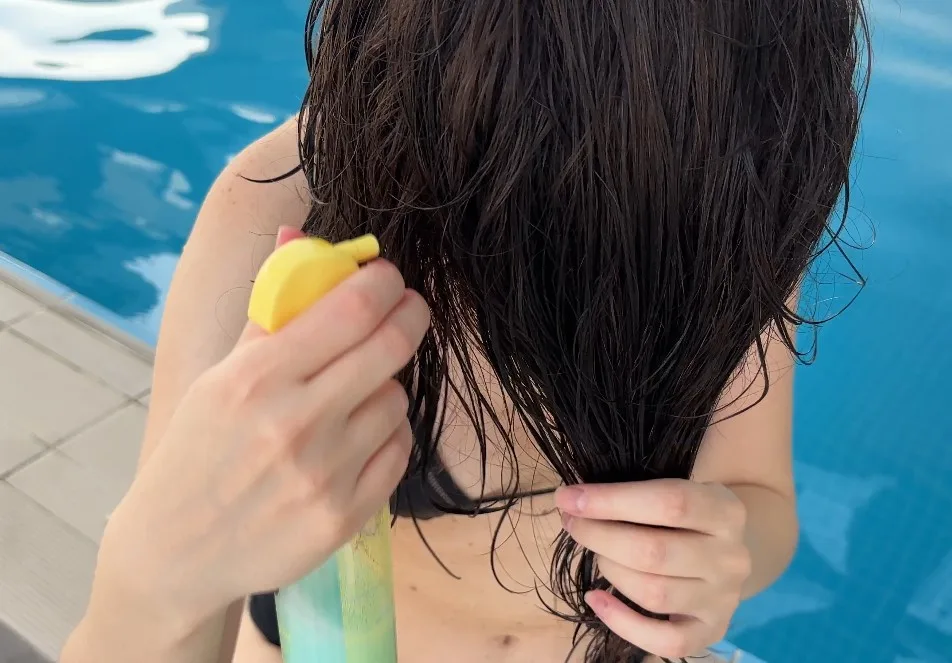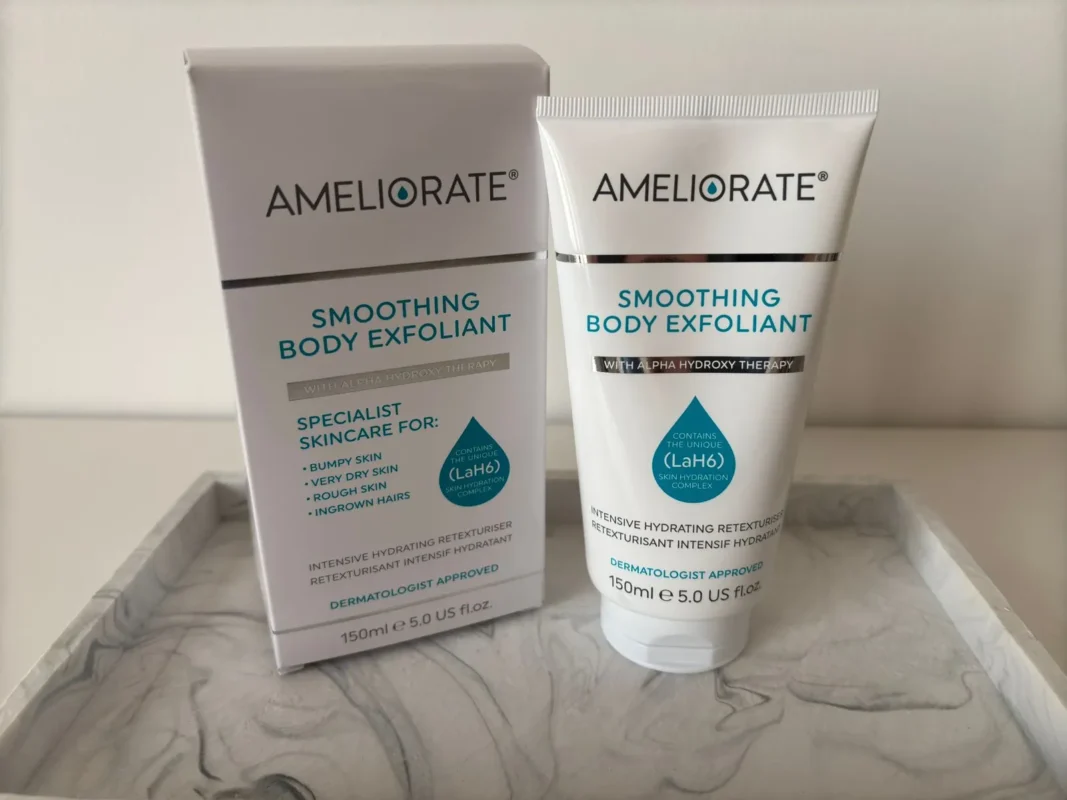Clean Beauty is on everyone’s lips these days, or was it on everyone’s lips?
I had time on my hands to think about this new “step,” “phase,” or “trend” in my beauty routine and write down a few words and asked Grammarly to organize my ideas about what it is I am witnessing and experiencing in an attempt to define this concept of Sentient Beauty as a movement.
In recent years, the beauty industry has witnessed a transformative shift as consumers increasingly prioritize conscious and meaningful choices in their beauty routines. This shift has given rise to sentient beauty as a concept, as an approach that goes beyond clean and “free from” trends. Today, consumers and brands actively express their needs, desires, and aspirations, causing a departure from the traditional clean beauty narrative.
The concept of clean beauty, once hailed as the pinnacle of ethical and sustainable beauty, is experiencing a decline in relevance. While the intention behind clean beauty was noble, to offer products free from potentially harmful ingredients, it has faced criticism for its lack of standardization, vague definitions, and inconsistent regulations. As a result, customers are becoming disillusioned and are seeking a more comprehensive approach that considers sustainability, transparency, and the overall impact of beauty products.
Simultaneously, the “free from” trend that focuses on excluding certain ingredients like parabens, sulfates, and synthetic fragrances is losing dominance. Consumers are realizing (I, too) that the absence of these ingredients does not automatically equate to a superior product or address broader concerns about sustainability and ethical sourcing. We are now seeking products that not only avoid harmful ingredients but also adopt a social component to beauty and a transparent engagement and commitment to the environment.
Sentient beauty embodies a more conscious and informed approach to beauty that aligns with consumers’ evolving needs and desires. This concept emphasizes the importance of transparency, sustainability, and ethical sourcing, going beyond the exclusion of harmful ingredients. Customers now seek products formulated with ingredients sourced through collaborations with registered organizations. It signifies a desire for brands to partner with reputable institutions and initiatives that prioritize environmental conservation, fair trade, and community well-being.
Both consumers and brands push for a shift towards a new concept: sentient beauty.
Customers are demanding products that not only meet their personal care needs but also resonate with their values. They seek transparency in ingredient sourcing, manufacturing processes, and packaging, and they support brands that actively contribute to social and environmental causes. This desire for a more meaningful beauty experience reflects a collective shift towards conscious consumerism.
In response, brands actively listen and adapt to these changing consumer expectations. They are forging partnerships with registered organizations and initiatives, ensuring responsible ingredient sourcing, fair trade practices, and sustainable production methods. This collaborative approach enhances brand credibility and fosters a sense of trust and authenticity.
As the beauty industry evolves, the concept of sentient beauty is redefining the landscape, surpassing the limitations of clean beauty and the “free from” trend. Customers seek products that adopt transparency, sustainability, and ethical sourcing while meeting their personal care needs. Brands are keeping up with the challenge by collaborating with registered organizations and initiatives to create products that align with customer values and aspirations.
Assuming sentient beauty allows for a more conscious and impactful beauty experience, bridging the gap between personal care and a deeper connection with our world.
The Founder
If you are an expat in the Middle East facing skin concerns and want to share your story, send us a message at contact@routine11.me
